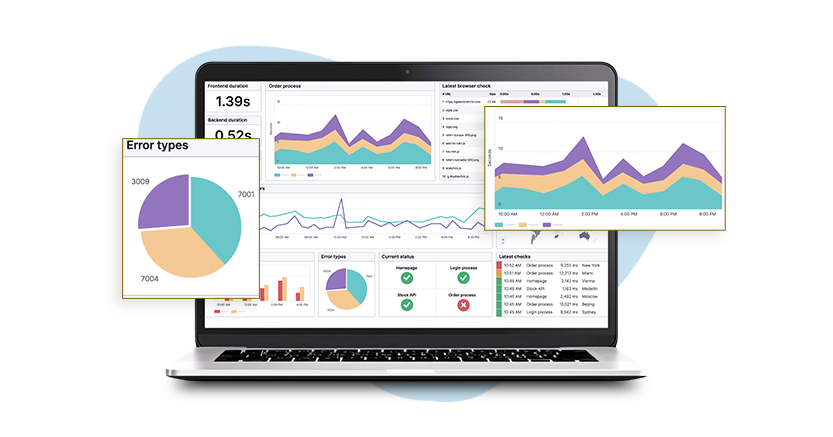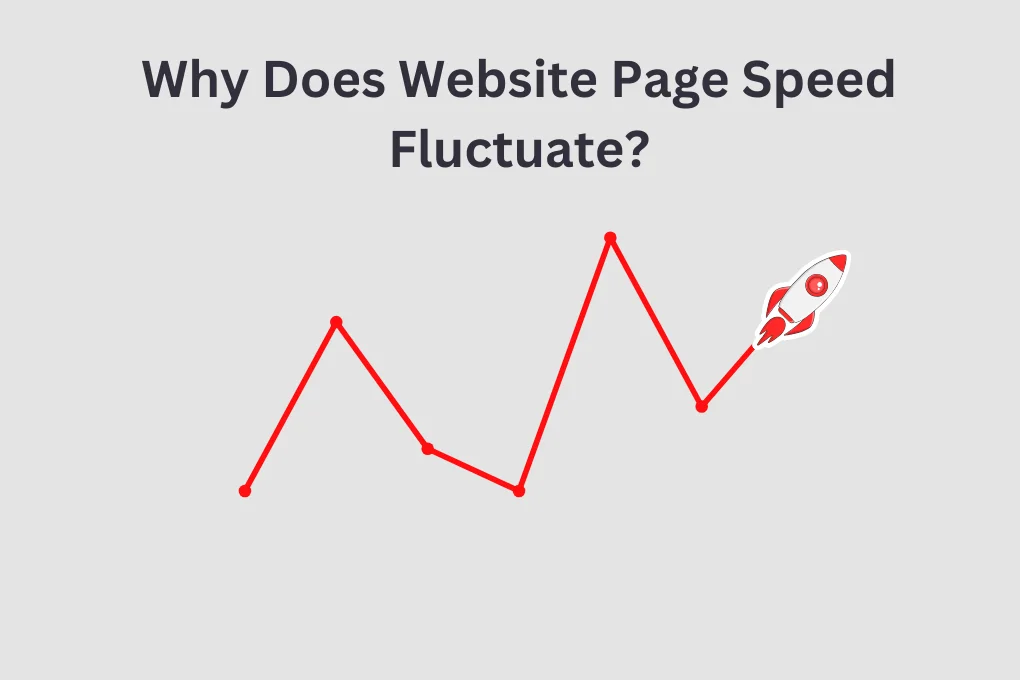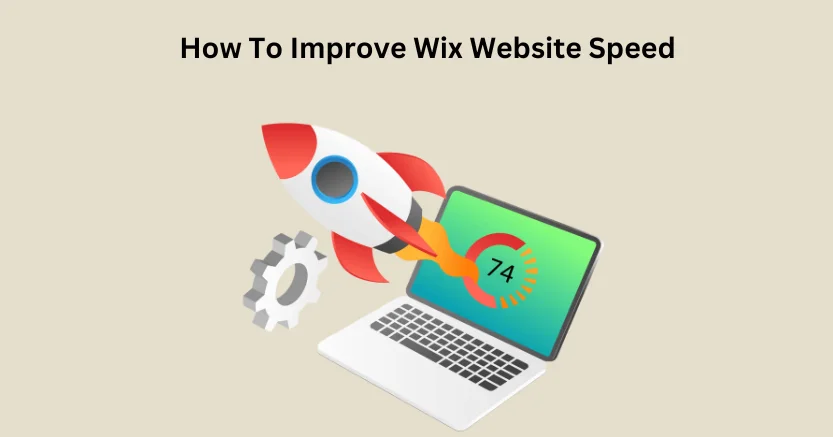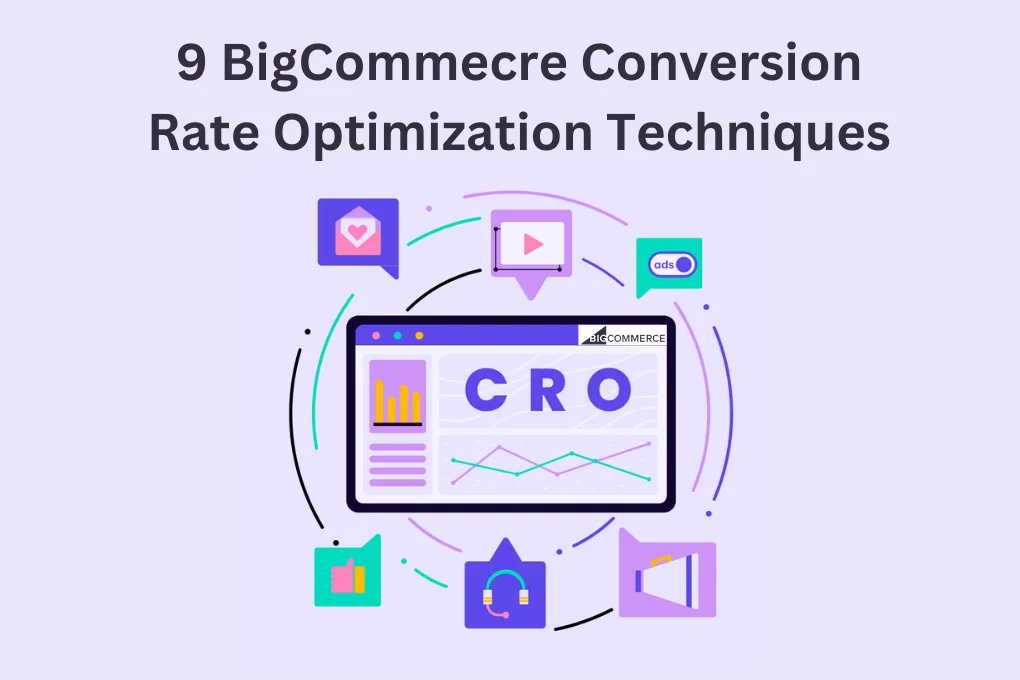Introduction
In the digital age, where every second counts, website performance optimization has become a critical factor in the success of any online presence. A fast, responsive, and well-optimized website not only enhances user experience but also significantly impacts your search engine rankings, conversion rates, and overall business growth.
Therefore, knowing all the right strategies that will result in improved website performance is necessary. This comprehensive guide will walk you through essential strategies to optimize your website performance and ensure that your site remains competitive in today’s fast-paced online environment.
What is Website Performance Optimization & Why Is It Important?
Website performance optimization refers to the practice of improving various aspects of a website to ensure it loads quickly, functions smoothly, and provides an excellent user experience. This process involves optimizing website speed, reducing page load times, and enhancing overall site functionality
With proper optimization, your website can achieve higher search engine rankings, reduce bounce rates, and increase user engagement, leading to better conversion rates and business growth.
Website speed is a critical component of website performance optimization. A fast-loading website ensures that users have a seamless experience, which is essential for retaining visitors and reducing bounce rates. Research studies suggest that there are higher chances of users abandoning a website if it takes more than a few seconds to load.
Moreover, search engines like Google consider page speed as a ranking factor, meaning that a slow website could negatively impact your SEO efforts.
Key Strategies for Website Performance Optimization
To achieve optimal website performance, it’s essential to implement a combination of Page Speed Optimization strategies that target various aspects of your site. Here are some key strategies to consider:
a) Optimize Images for Faster Load Times
You might not know but those Large and uncompressed images are the most real culprit behind slow-loading websites. Image optimization involves compressing images to reduce their file size without sacrificing quality. Tools like Website Speedy can automatically optimize your images, ensuring they load quickly and efficiently.
b) Minify CSS, JavaScript, and HTML Files
Minification is the process of removing unnecessary characters, such as white spaces and comments, from CSS, JavaScript, and HTML files. This reduces the file size and allows the browser to load these files faster, improving overall page speed.
c) Enable Browser Caching
Browser caching stores copies of your website’s files in a user’s browser, so they don’t have to be reloaded each time the user visits your site. This reduces the load on your server and speeds up page load times for returning visitors.
Boost Website Performance Easily with Website Speedy
Boost Website Performance Nowd) Use a Content Delivery Network (CDN)
A CDN distributes your website’s files across multiple servers located around the world. When a user accesses your website, the files are delivered from the server closest to their location, reducing latency and improving load times.
e) Reduce HTTP Requests
Each time a page loads, the browser makes multiple HTTP requests to retrieve files such as images, stylesheets, and scripts. Reducing the number of HTTP requests by combining files and using CSS sprites can significantly speed up your website.
Advanced Techniques for Website Performance Optimization
For those looking to take their Ecommerce Store Speed optimization to the next level, consider implementing the following advanced techniques:
a) Implement Server-Side Caching
Server-side caching stores dynamic content as static files, which can be served to users more quickly. As a result, you can see reduced load time on your server and an increase in website speed.
b) Optimize Database Queries
For websites with dynamic content, optimizing database queries is essential. Reducing the number of queries and ensuring they are efficient can significantly improve website performance.
c) Leverage Asynchronous Loading
Asynchronous loading allows multiple scripts to load simultaneously, rather than one after the other. This reduces page load times and ensures that essential content is displayed quickly.
d) Prioritize Above-the-Fold Content
Above-the-fold content is the portion of your website that is visible to users before they scroll. Prioritizing the loading of this content ensures that users can see and interact with your site faster, even if the rest of the page is still loading.
Mobile Optimization
Recently, we have seen an increase in the use of mobile devices. This is probably one of the reasons why you need to work on mobile optimization of your websites. Mobile users expect fast-loading websites and a slow mobile experience can lead to higher bounce rates and lower conversions.
Ensure that your website is mobile-friendly by using responsive design, optimizing images for mobile devices, and minimizing the use of large files and scripts.
Monitoring and Testing Website Performance
To ensure that your website remains optimized, it’s important to regularly monitor and test its performance. Tools like Google PageSpeed Insights, GTmetrix, and Pingdom provide valuable insights into your website’s speed and performance, highlighting areas that need improvement.
How Website Speedy Can Help with Performance Optimization
When it comes to optimizing website performance, Website Speedy is a powerful tool that offers several features designed to enhance your site’s speed and efficiency. Website Speedy specializes in enabling lazy loading, eliminating render-blocking resources, reducing initial server response time, and image optimization. These features ensure that your website loads quickly and provides an optimal user experience.
Lazy loading defers the loading of non-critical resources until they are needed, which speeds up the initial load time. Eliminating render-blocking resources allows your website to display content faster by prioritizing essential files.
Reducing server response time minimizes the delay between a user’s request and the server’s response, further enhancing page load speed. Lastly, image optimization reduces the file size of images without compromising quality, which can significantly improve load times.
Additionally, Website Speedy is particularly effective for Shopify store speed optimization, making it the best tool to address core web vital issues on Shopify platforms. By utilizing Website Speedy, you can ensure that your Shopify store is fast, responsive, and well-optimized, leading to better user experience and higher conversion rates.

Want to read this blog offline?
No worries, download the PDF version
now and enjoy your reading later…
 Download PDF
Download PDF Conclusion
Website performance optimization is a critical factor in the success of any online business. By implementing the strategies outlined in this article, you can improve your website’s speed, reduce bounce rates, and provide a better user experience. Whether you’re optimizing a Shopify store or a standard website, tools like Website Speedy can help you achieve your performance goals. Regular monitoring and testing are essential to ensure that your website remains optimized and competitive in the ever-evolving digital landscape.
Common FAQs About Website Performance Optimization
Q1: What is website performance optimization?
A: Website performance optimization is the process of improving various aspects of a website, such as speed, load times, and overall functionality, to provide a better user experience and achieve higher search engine rankings.
Q2: How can I improve my website’s speed?
A: You can improve your website’s speed by optimizing images, minifying CSS and JavaScript files, enabling browser caching, using a CDN, and reducing HTTP requests.
Q3: Why is website speed important?
A: Website speed is important because it directly impacts user experience, search engine rankings, and conversion rates. A faster website leads to lower bounce rates and higher user engagement.
Q4: What is Shopify store speed optimization?
A: Shopify store speed optimization involves improving the speed and performance of a Shopify store to enhance user experience, reduce cart abandonment rates, and increase sales.
Q5: How do I reduce bounce rates on my website?
A: To reduce bounce rates, ensure your website loads quickly, is easy to navigate, and provides valuable content. Focus on website performance optimization to create a better user experience.
Q6: What tools can I use for website performance optimization?
A: Tools like Website Speedy, Google PageSpeed Insights, GTmetrix, and Pingdom can help you analyze and optimize your website’s performance.















































